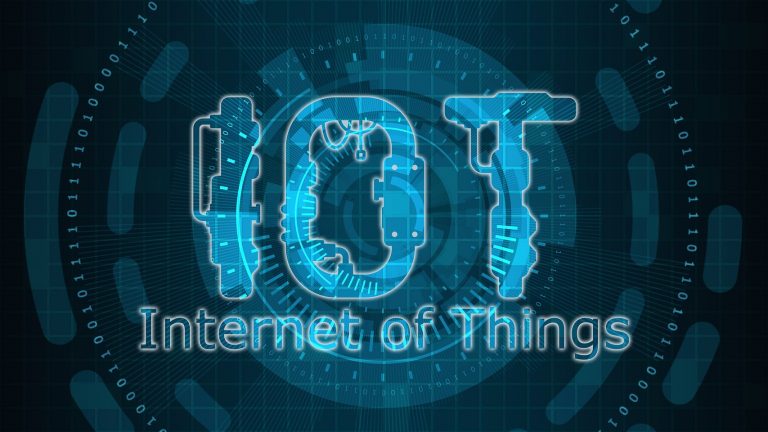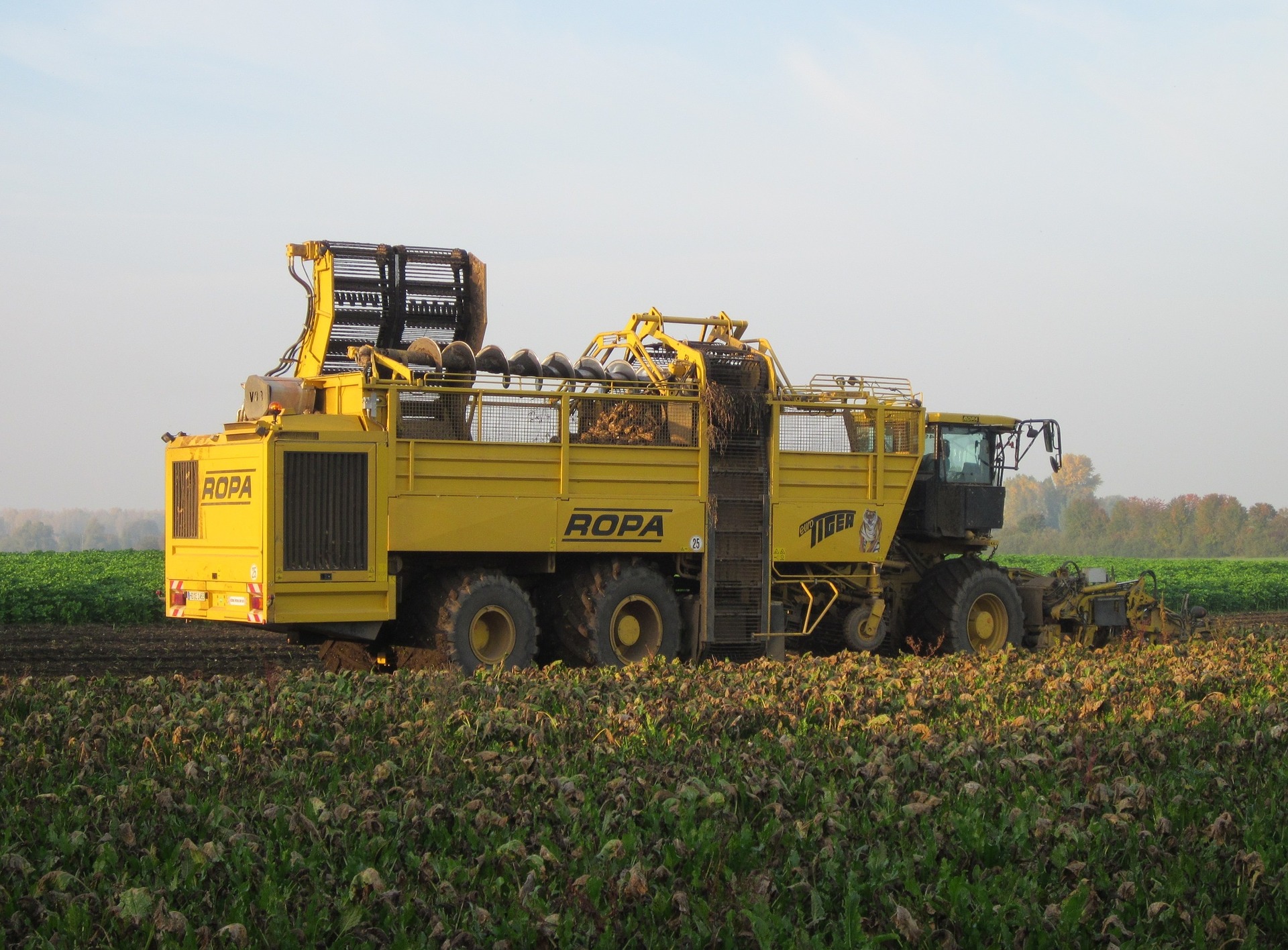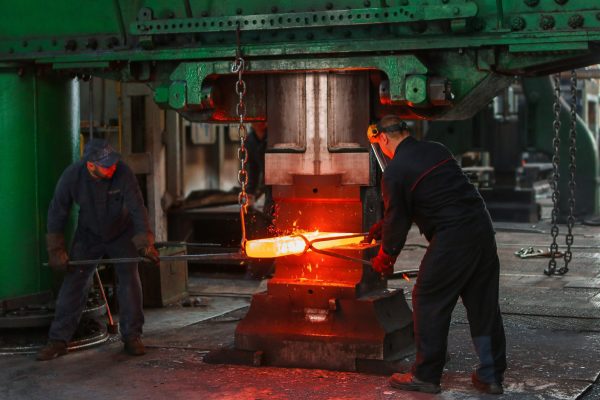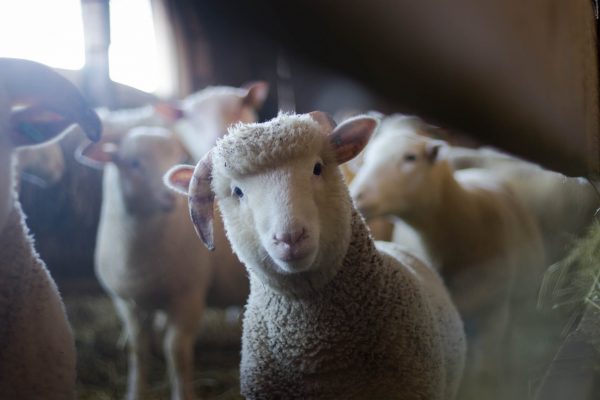With the passing of time, various factors revolving the farming approach has taken a sharp turn due to the growing population and meeting their food demands.
According to the UN Food and Agriculture Organization,
It is estimated that farmers will have to produce 70% more food by 2050 to meet the needs of the world’s expected 9-billion-strong population.
To meet this challenging demand, the Agribusinesses are turning to the Internet of Things for the greater good. The IoT has the capability to carve a valley of solutions through mountains of obstacles reaching a destination leading to proper analytics and greater production capabilities. Handling such enormous requirements containing an unfathomable amount of data is no longer possible with visual cues and other passive methods. Emerging of micro-scale farming into macro-farming has played a crucial role in changing the data processing procedure too.
Advanced technology, like IoT, has been used to improve & monitor the food quality, productivity by keeping cost on the lower side. That is where the low cost, low power wide area network (LoRaWAN) comes into play. With this futuristic technology, some of the difficult works of agribusiness can be accomplished swiftly.
Precise tracking of Livestock
According to a recent study, cattle farms lose billions of dollars each year from infected cows. The only possible approach to these complex situations that the ranchers have thought of is employing full-time members to monitor the cattle. It is definitely clear not to be an easy and economical approach.
But, with the use of LoRa Technology, a cattle tag can be implemented that has the ability to access various live information of the cattle like body temperature, general mobility, and head movement. If any irrationality regarding the movement or body temperature of the cattle is found, it sends a signal through notifications to the rancher’s mobile app or the device the server is connected to where the entire data is processed. The rancher can immediately take action by video calling a veterinarian for help through the app or directly take the cattle for checkup whatever seems suitable. This entire process is much more cost-efficient and less manpower consuming.
Boosting the production of crops
There is a huge magnitude of factors playing a vital role in the farming process in which two are inevitable, i.e. soil and water. Different terrains have different qualities of soil. Farming without considering the specific type of soil you are working with can result in disaster. You may end up getting a low production rate to almost zero.
Sometimes, continuous irrigation and farming on the same field make the soil lose its fertility vital for quality crop yielding. Farmers often do not consider this factor while farming as the test may come out costly. This is another drawback leading to improper crop yielding.
Now, comes the water! In agriculture, water is as important for growth and production as for humans to survive. If proper irrigation is not applied, the crops will dry out and die. Also, over-irrigation can lead to soil erosion and decaying of the roots. So, you need to apply the right amount of water from time to time.
There is no doubt that the task is extremely difficult to perform with utmost accuracy and priority especially during the dry seasons. LoRa Technology can make all this difficult task as simple as a walk in the park. The technology uses highly active sensors and the LoRaWAN protocol for connecting devices to the gateway. An advanced feature of it is that it provides two-way communications to the end nodes which enables the sensors to take readings and quickly implement the necessary actions regarding the fertilization and irrigation related matter.
The sensors can detect when the soil is getting low in its fertility and nutrients notifying the farmer on their connected device. The farmer will be notified about the saline composition of the soil, iron, moisture, etc. So, necessary steps can be taken at the right time with more accuracy and appropriate techniques.
They can also connect with an expert for necessary information or get help through the video calling feature.
Conclusion
In simple words, one can easily understand that the future of smart farming lies in utilizing the collected data and analysing it properly. The approach of this should be such that it can be accessed with low cost, easy development, and easy power. And, LoRa technology is best for achieving this goal.
Summary Table:
| Application type |
Terrestrial Connectivity |
| Topology |
Star |
| Device size |
Customizable |
| Reach |
|
| Energy consumption |
Very Low (Battery lifetime of 2000mAh: 105 months) |
| Latency |
1s |
| Band used |
Radiofrequency band 867-869 MHz (in Europe) |
Partha is the expert Branding Specialist at Openweb Solutions. Apart from doing his job, he is also a hardcore Digital Marketing Enthusiast and Senior Content Writer who loves exploring and experimenting with new digital marketing techniques thus involved in the entire digital marketing process. To know more about him, here is his LinkedIn profile: Click here!






